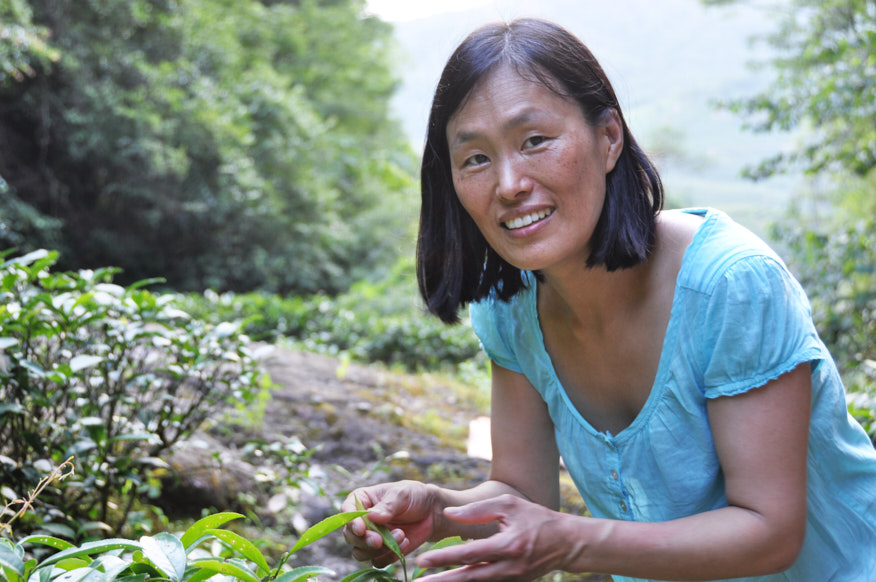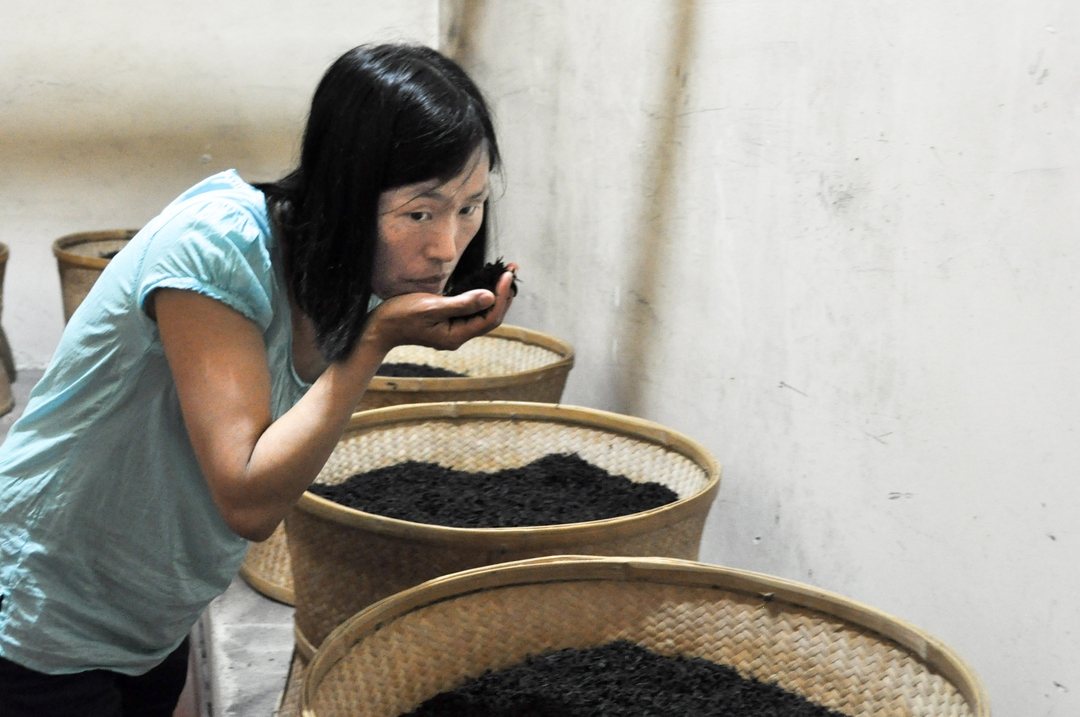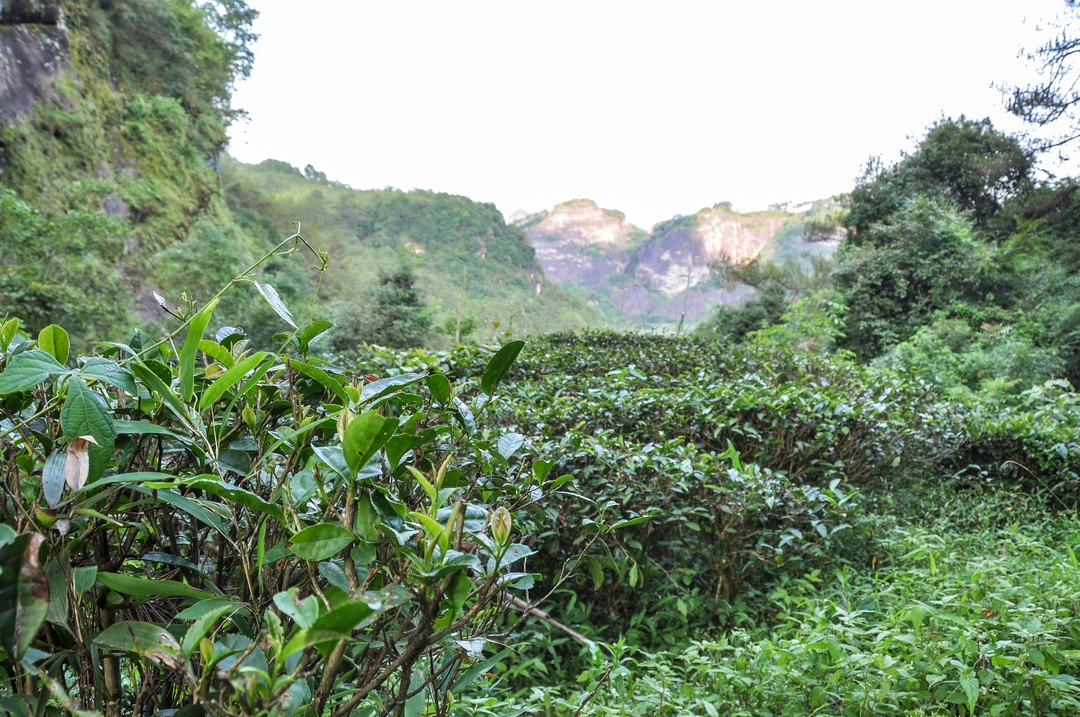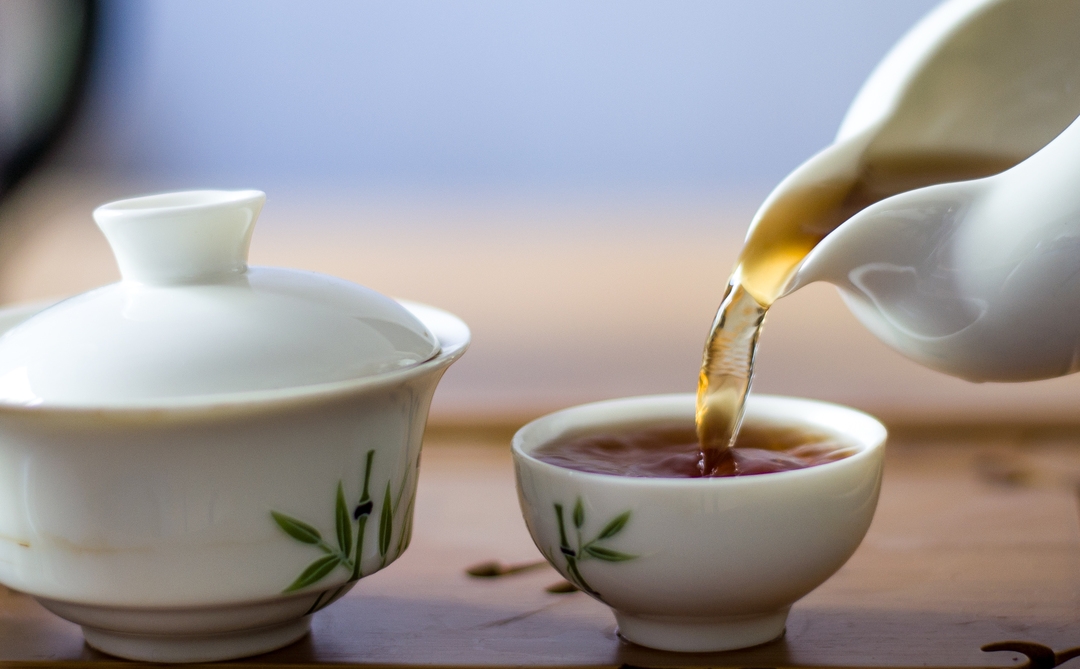Drying and possibly roasting. Drying takes place in a rotating cylinder or a bamboo basket for about 110-1
Where oolong is grown
Oolong originates from Wuyi-shan, in the Fujian province of south-east China. Many excellent oolong teas are still produced here. Guangdong also produces fine oolong teas. Taiwan has long since made a name for itself, and oolong from Taiwan is still called 'Formosa oolong'. Nowadays, there are also oolongs from India and Ceylon, etc., but it must be admitted that China/Taiwan retains the lead in terms of quality.
Different producers have different varieties of process, and also use different varieties of tea bushes, known as cultivars. Just as there are different varieties of apples, there are different varieties of tea bushes, which are suitable for different types of tea. In China, the most common variety for making oolong is called Tie Guan Yin (just like the tea variety), while the most common variety in Taiwan, especially at high altitude, is called Qing Xin.
Organic tea farming in Wuyi-shan, Fujian province. Some of the world's finest oolong teas are produced here
How to brew oolong tea
Traditionally, oolong is brewed in a gaiwan, the traditional cup with a lid that only holds a little over a deciliter, or in a tiny pot. The dosage is then 6-8 grams per dl, which is a lot. The water should not be completely boiling, but 85-95°C is fine. When you dose so strongly, you brew many rounds on the same leaf, but of course it should be done on the same day. The first batch is usually poured off - this is called washing the tea. It's not strictly necessary, but it also rinses away the leaf residue that forms dust, and the drink is clear and beautiful.
The infusion time is usually 40 seconds to 1 minute the first time. Then you can shorten the time slightly, as the flavor releases faster. As the leaves release their flavor, extend the time to 1 minute and longer. You should be able to brew at least 5-7 rounds on the same leaf, sometimes many more.
It is of course also possible to brew in the "western" way, i.e. 12 grams per liter for 3-4 minutes.
Then you may not be able to brew more than 2-3 rounds
. Tip: When you go on a trip, you can put about 1 teaspoon in a 1 liter thermos, and let it brew for hours.
This is what we sometimes do when we want to make things really easy for ourselves.
Prepare in the morning, and you'll have tea all day.
It is often possible to make many brews on the same leaf.
Tasty delicacy
As mentioned above, oolong is usually considered one of the finer teas, and we jokingly say that real tea enthusiasts usually end their days in the oolong or pu'er swamp. Often a wide range of flavors is offered. The lighter varieties have a natural floweriness not found in other teas. Some oolongs also have fruity hints of peach or apricot. This is also one of the reasons why oolong tea is so good as a mealtime drink; there is always flavor left, which is not obscured by the food. Because it uses slightly larger tea leaves, the caffeine content of oolong is lower than in other teas. The world's most famous oolong tea is probably Da Hong Pao ("The Great Red Cloak"). Other well-known varieties are Shui Xian ("Water Narcissus") and Tie Guan Yin ("Iron Goddess of Mercy"), but there are many, many varieties to choose from.


 Organic tea farming in Wuyi-shan, Fujian province. Some of the world's finest oolong teas are produced here
Organic tea farming in Wuyi-shan, Fujian province. Some of the world's finest oolong teas are produced here It is often possible to make many brews on the same leaf.
It is often possible to make many brews on the same leaf.